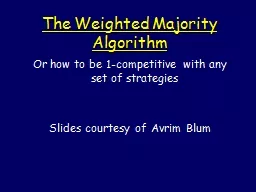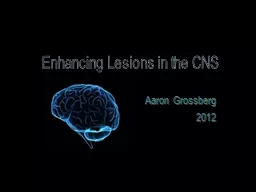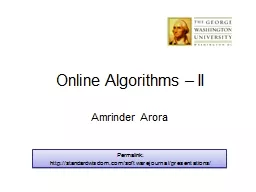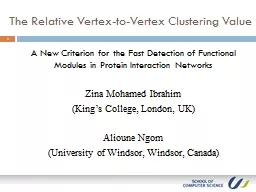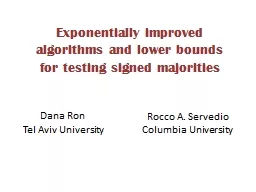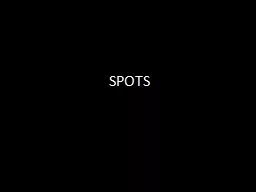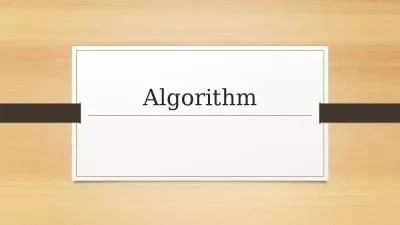PPT-The Weighted Majority Algorithm
Author : startse | Published Date : 2020-06-23
Or how to be 1competitive with any set of strategies Slides courtesy of Avrim Blum Plan Online Algorithms Game Theory Using expert advice We solicit N experts
Presentation Embed Code
Download Presentation
Download Presentation The PPT/PDF document "The Weighted Majority Algorithm" is the property of its rightful owner. Permission is granted to download and print the materials on this website for personal, non-commercial use only, and to display it on your personal computer provided you do not modify the materials and that you retain all copyright notices contained in the materials. By downloading content from our website, you accept the terms of this agreement.
The Weighted Majority Algorithm: Transcript
Download Rules Of Document
"The Weighted Majority Algorithm"The content belongs to its owner. You may download and print it for personal use, without modification, and keep all copyright notices. By downloading, you agree to these terms.
Related Documents

